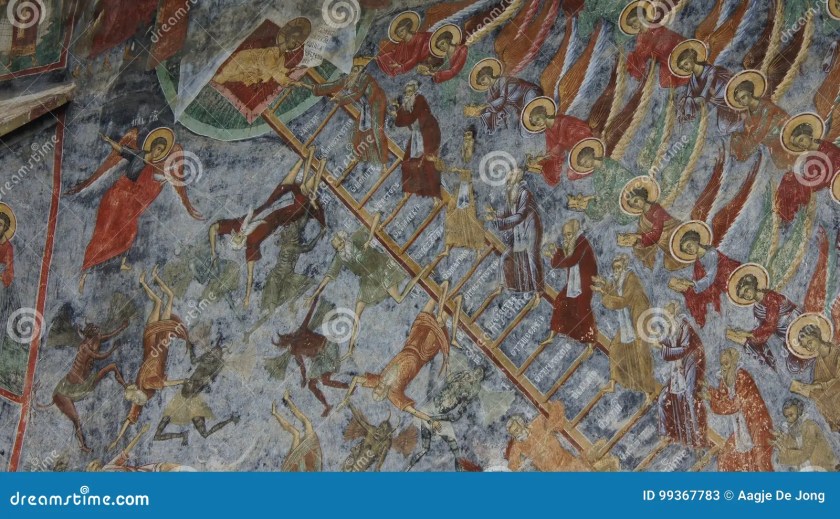
In the country of Lithuania, you can find the Hill of Crosses. It’s currently a well-traveled pilgrimage site containing at least 100,000 crosses as of 2006. Probably a lot more now, but people keep adding crosses so quickly it’s difficult for the country to keep track. Lithuanian cross crafting is so popular that UNESCO has placed it in its lists of good safeguarding practices and intangible cultural heritage. I didn’t even know UNESCO had such lists.
The hill had its first crosses place after an unsuccessful attempt to break free from Russian rule back in 1831 (yes, almost 200 years ago). As the story goes, many families could not locate the bodies of fallen rebels. In order to remember them, they put up crosses on the hill. Over the years, more crosses continued to appear. Then things changed in 1944. The Soviet Union began occupying Lithuania at that time.
The Soviet Union was fanatically atheistic. They began oppressing the clergy and banning all religious publications. The hill became symbolic of faith to the Lithuanian people and the number of crosses skyrocketed. The Soviet Union eventually caught on to the significance of the hill and destroyed it. But people kept coming and placing new crosses. Three times, the hill was bulldozed and destroyed. People caught bringing crosses were arrested and punished. Yet the people kept coming with crosses. Every night they came. For decades they came. Then things changed again. The Soviet Union was dissolved in 1990. The Hill of Crosses still stands, larger than ever before.

I have to ask myself if I would have had the courage to stand up against religious persecution and carry a cross to that hill. The Gospel of Matthew quotes Jesus as saying, “If anyone would come after me, let him deny himself and take up his cross and follow me.” The passage goes on, emphasizing that in trying to save our lives we can inadvertently risk our souls. The cross of Christ is symbolic of the sacrifice Jesus made on his cross. We all have our own crosses to bear. Can we do so even unto death?















